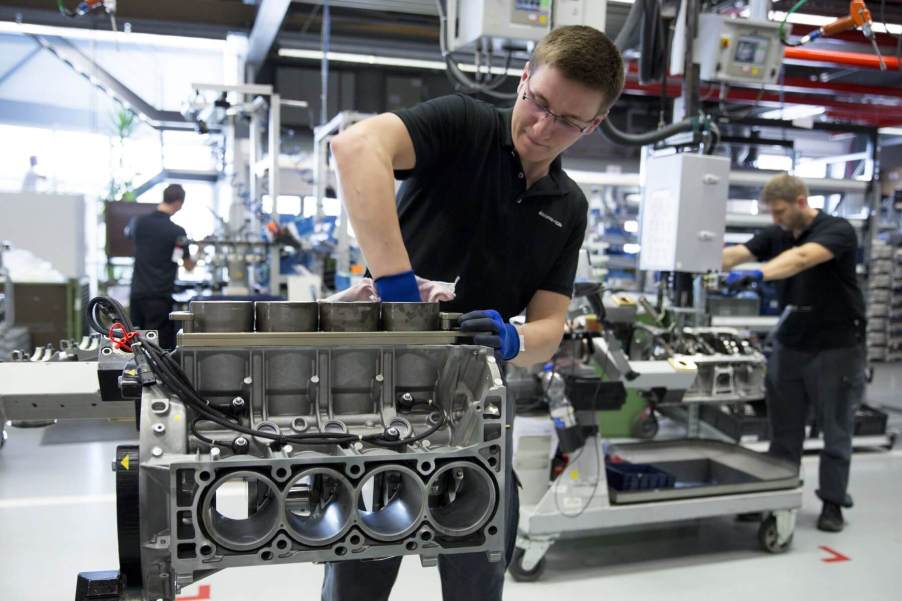
What Is Engine Quench?
Engine quench is the area in the combustion chamber between the cylinder head and piston head when it’s at top dead center (TDC). The quench dimension affects performance because the air-fuel mixture resides in this area during combustion. Since air velocity slows as the area within the cylinder increases, the “squish” that occurs with engine quench optimizes the conditions for combustion.
While some auto companies are fully transitioning to electric vehicles, engine quench will continue to play a vital role in the performance of vintage muscle cars and their combustion engines. So, here’s a more thorough look at what engine quench is, how it works, and what it means for your vehicle.
Where does engine quench occur?

To measure engine quench accurately, it is important to understand exactly where it occurs. According to Summit Racing, it is calculated by adding the deck clearance to the compressed head gasket thickness.
The deck clearance is the space between the piston in TDC position within the cylinder and the deck surface of the block. The compressed gasket thickness is indicated by the company that makes the gasket. It is listed in the part specifications and is difficult to measure after installation.
The more quench space available, the further the piston stays away from the head. Ideal quench gets the piston as close to the head as possible. Too much quench decreases compression and could cause spontaneous combustion.
How tight is engine quench?
To obtain optimal performance, the engine quench should be as tight as its materials can handle. For example, an engine with slower rpm and steel connecting rods can handle a range as low as 0.035 inches (and sometimes less).
There are outliers to every quench recommendation. Faster engines or those with aluminum connecting rods need 0.04 to 0.06 inches. Some late-model vehicles will run with much lower compression and high engine quench, according to MotorTrend.
Ultimately, the best performance comes from getting the piston head close to the cylinder head with the right amount of compression to avoid premature or spontaneous combustion. The best engine quench creates the cleanest and timeliest combustion.
The importance of air-fuel mixture
One of the great benefits of engine quench is an improved air-fuel mix. Fuel droplets may fall out of suspension when entering the larger volume of the cylinder. Compression and velocity ensure that it stays suspended and evenly distributed.
According to Engine Labs, the even distribution of fuel throughout the air-fuel mix has multiple benefits:
- No rich or lean spots result in a complete burn and more power.
- Consistent timing of compression stroke.
- Reduced time to combustion.
Because of the resultant increase in performance, some automotive specialists refer to optimized quench as “artificial octane.”
Engine quench enhancements
The specific enhancements created by proper quench are efficiency, longevity, and performance. That is because engine quench affects motor progress through compression and combustion cycles.
Efficiency
Proper engine quench ensures that the tiniest fuel droplets are dispersed in the air-fuel mixture and distributed equally. This makes for a fast, steady, and complete burn that maintains the efficiency of the vehicle.
Longevity
A clean burning engine is a long-lasting one, and because of the exact nature of quench, it runs the way it was meant to run. There isn’t the wear and tear that comes from inconsistent, unpredictable, or overpowered components.
Performance
Finally, the mixing and distribution of fuel make engine quench boost the vehicle’s performance, much like an octane boost. There’s more power because all the effects of compression and combustion are optimized into the propulsion of the automobile.
Quench is key to performance
Car lovers interested in optimizing their engines’ performance should understand quench and how it impacts the motor. Many experts have differing opinions on optimization, but they all agree that proper engine quench can be a game changer.



